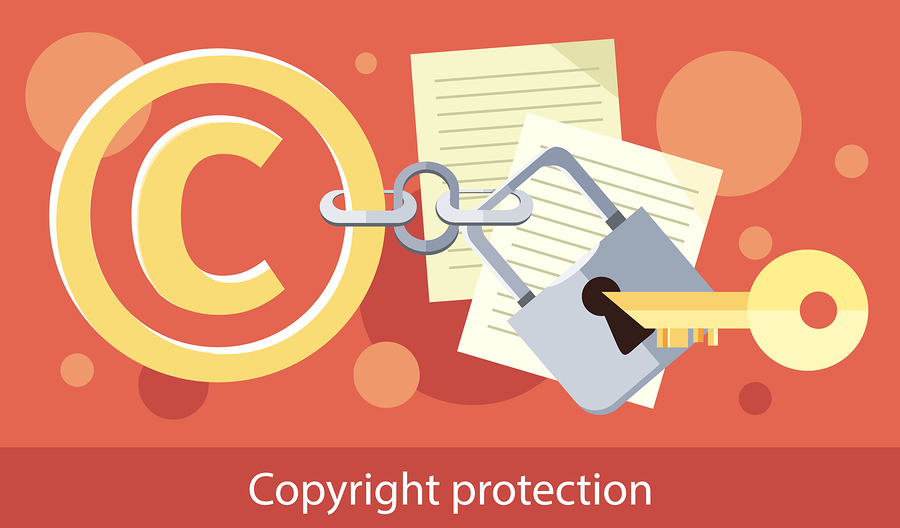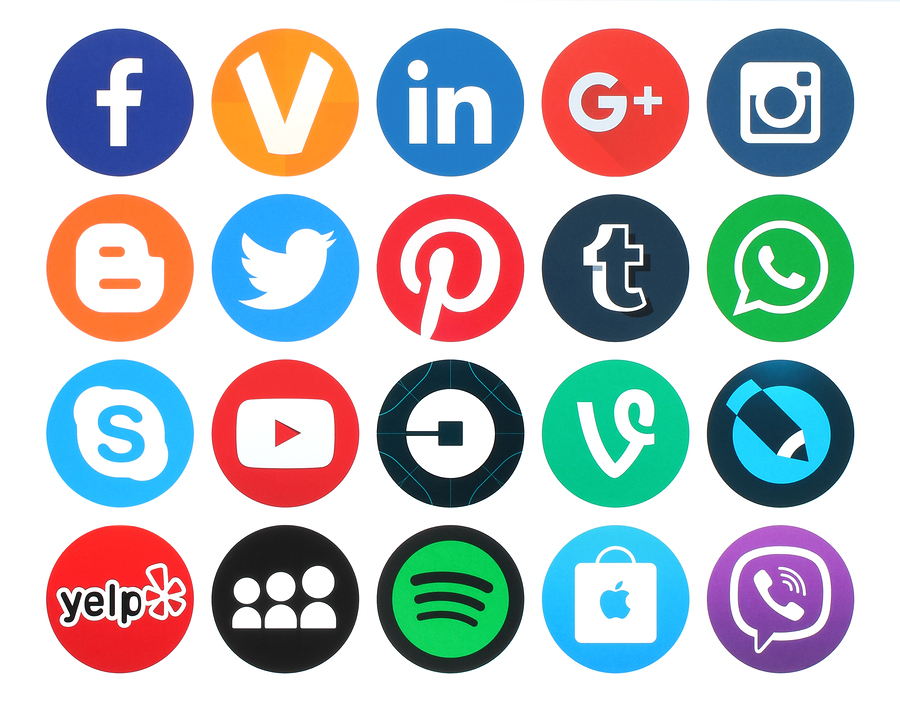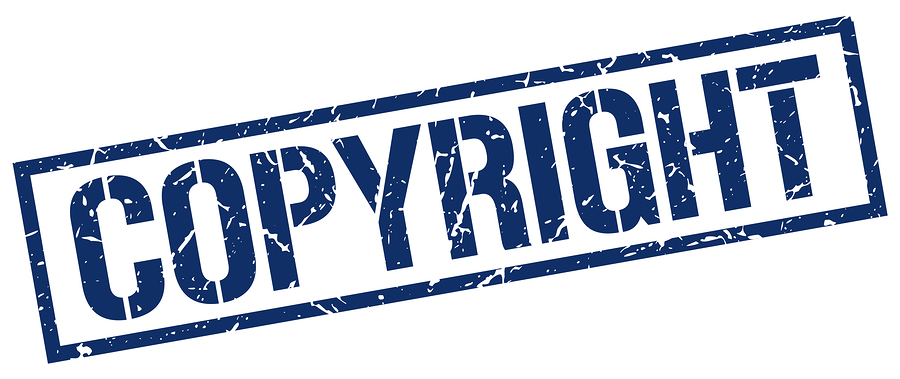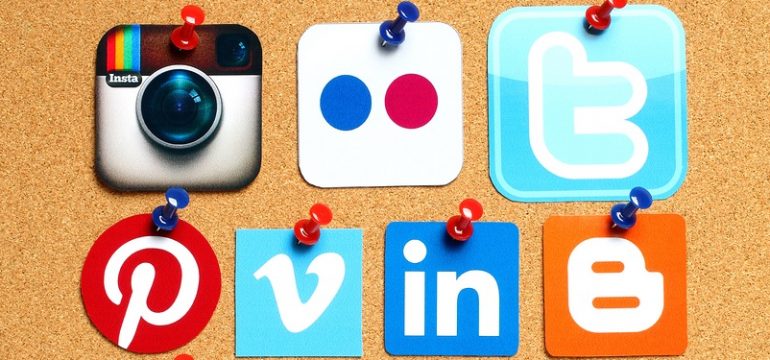Following copyright law is important in everything you do within your business. You cannot afford the legal risk of violating the copyright of other businesses or organizations. So it is important to know what you can and cannot do legally regarding logos and copyright.

The Rules About Logos
A logo is intellectual property. It is not a written document such as a book, article, or song. But it is an item that is protected by copyright law and trademark in most cases.
The only time that a logo would not be protected by copyright and trademark was when the owner did not bother to get it registered.
In the case of social media logos, all of these are recorded under the corresponding name including Facebook, Twitter, LinkedIn, and the other major social media platforms.
It is important to follow the rules regarding the legal use of social media logos and icons so that you won’t be penalized or find yourself in violation of the law.
Company owners are very picky about the use of their logos. This has become one of the most significant reasons that people find themselves in legal hot water. That’s because your logo should be something that is protected from any manipulation or altering. Social media companies are very protective of their logos.
While they do want people to promote the various social media platforms and use them to share your content, there are specific rules on how to use them.

Dos and Don’ts of Social Media Icons
The following list of “Dos and Don’ts” should serve to remind you of what is allowed on the various social media platforms regarding the social media logos.
Do:
- Use the phrase “Follow us on Twitter” with the logo.
- Download the Twitter logo and icons.
- Use uppercase letters for Twitter and Tweet
- Clarify if a book is on Twitter or by Twitter
Don’t:
- Manipulate or change the logo.
- Create your own button using the Twitter logo.
- Use someone else’s company screenshots.
- Pretend to partner with Twitter or give that impression.
- Create your own buttons or marks using the Twitter logo.
Do:
- Use Facebook “like” button with the “like” button plugins.
- Use the “like” button on print ads.
- Use the “f” logo off of Facebook to refer to your Facebook page or groups.
- Use a visual or text image to refer to Facebook when using the “like” button.
- Use the “like” button or “f” logo from Facebook to ensure you are using the latest version.
Don’t:
- Include the trademark or copyright symbols with your Facebook branding.
- Use the “like” button logo in online ads.
- Use the FB logo for any purpose.
- Create a link to the “f” logo on Facebook’s log-in page.
- Modify the “f” logo by changing it in any way including the original design and color.
Do:
- Associate the name with the
- Use the ™ or Registered logo on a white, off-white, or black colored background.
- Use words to indicate a link to your profile.
- Make sure it is obvious that the “IN” part of the LinkedIn logo is not a part of your own logo.
- Use a standard Linkedin screenshot for educational or illustrative purposes
- Download the proper formats of the LinkedIn logo
Don’t:
- Place the LinkedIn logo on a colored background (except for white or black)
- Alter the logo
- Use the logo or trade name with the disclaimer of ownership
- Use graphics or photos that are superimposed
YouTube
YouTube is very picky about how and when their logo is used. A fast way to get into trouble with YouTube is to use their logo in ways that they do not approve of. It can even get you knocked off of YouTube quickly.
Do:
- Make the badge clear and visible.
- Choose a badge color that is one single color only.
- Choose a background that you will place the badge on.
- Use contrast between the badge color and background color.
- Download the YouTube logo.
Don’t:
- Incorporate YouTube logos into your own.
- Remove, change, or distort the YouTube trademark or logo in any way.
- Modify the YouTube wordmark in any way.
- Give the impression of an affiliation with YouTube.
- Display the badge as the most prominent element of your websites.
Summary: The Legal Use of Logos of Social Media Platforms
Many people mistakenly think that if something is copyrighted or trademarked that you cannot use it at all. That is not true. Copyright simply means that the author or holder of the copyright has all rights to do with their intellectual property what they want and to decide how it will be used.
Copyright ownership simply means that you must obtain written permission from the copyright owner before you are allowed to publish it or use it in any way legally. When dealing with a copyright photo, it’s important to understand that copyright ownership mandates obtaining written permission from the copyright owner to legally publish or use it, as outlined in the text.

Common Myths About Copyright Law
There are many misconceptions about copyright including such ideas as the following:
- I paid for it so I own it.
- No one will know.
- If I give credit, I’m ok legally.
- If I use a segment of the song, it’s okay.
- I’m only publishing it locally or to a small group.
All of the above-preconceived ideas are false. Paying for work, such as a song, a video, or other intellectual property does not give you permission to use it however you want. You must always get permission from the copyright owner before you can legally use it. Also, the way that you use it will be limited to the specific terms that the copyright holder allows you to do.
Social media outlets expect people to share things through their sites. This is why they exist in the first place. But this does not give you free reign to use your social media logos in any way that you want.
The Evolve Creative Group features, even more, details about the rules involving copyright and trademarks with social media platforms. Read more about the requirements and allowances regarding the use of social media logos on their site.
About Your Logo
When it comes to your logo, you will want to think about getting your logo copyrighted and registered as well with the U.S. Trademark office. This will protect it from infringement and guarantee that you will have a legal recourse in the event of someone abusing your logo or using it illegally.
It is important to outline the ways that you want others to use your logo on their sites and materials as well. Your logo is uniquely yours, and you should protect it so that only you and your company may use it in the way that you want to.
Being careful to respect the rules of others’ logos, as well as securing your logo, are both very important to keeping your business out of the legal hot water, as well as protecting your attributes from infringement and misuse.
Design a logo.
If you don’t have a logo or want to change your logo, call on us at logodesignteam.com. We can help you create a great business logo as well as help you to secure your copyright and trademark for your logo and protect your company’s assets.






